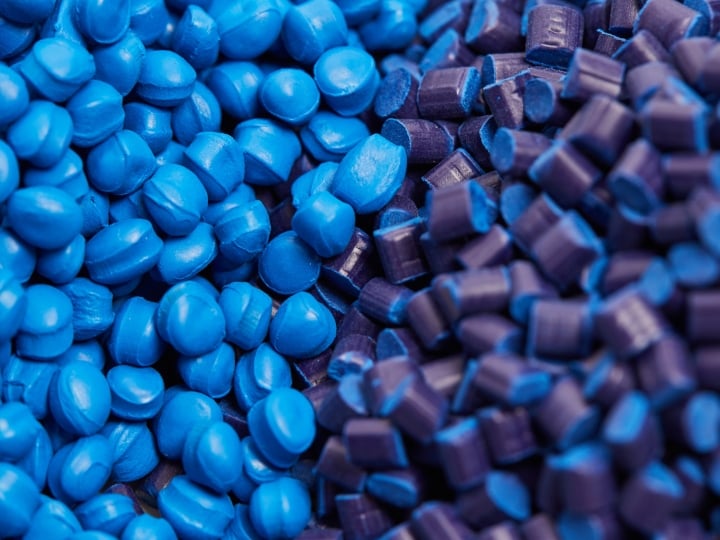Polymer optical properties testing covering haze, gloss, colour, clarity and more, bringing you the insight to accelerate, develop and optimise
Optical properties of polymers, such as, gloss, transparency, clarity, haze, colour, surface aspect and refractive index, are closely linked to our perception of a plastic product’s quality and visual performance. Polymer optical properties testing will bring you insight to accelerate development and to optimise or troubleshoot production.
Optical properties are dependent on the specific polymer or copolymer material, the formulation (colourants, fillers, plasticizers and other additives) and the crystallinity of the materials. But also mechanical and chemical degradation or aging processes and the mechanical conditions and / or temperature treatments applied during processing influence the optical properties of polymers and polymer formulations. Any negative impact to a polymer’s optical properties - such as aging - can affect the product’s lifetime, even whilst the functional or mechanical properties still meet specifications.
The aesthetics of a product must be maintained throughout product’s packaging, transport and storage, or in the automotive industry where a consumer’s perception of ‘glossy’, strong, surface features are inextricably linked to the 'value' of the product.
From our independent perspective, we expertly analyse a range of optical properties, delivering accurate information which helps to achieve the desired aesthetics during development, production or in the end-use application.
During production, various steps such as colouration, heat treatment and mechanical processing can affect optical properties. Through our testing programs - including fundamental tests such as Gloss, Haze, Birefringence and Ultra-Violet and Visable (UV/VIS) light absorption and transmission - Intertek can help you to optimise production in order to achieve optical property specifications.
Our polymer scientists understand that the optical properties of polymers are closely related to the chemical microstructure, thermal and physical properties of these materials, and as such, providing comprehensive expertise which spans chemical, thermal plus physical and mechanical testing. Our industry application experts take you beyond the test result, applying their experience and knowledge to gain improvement of a material's optical properties.
Intertek's scientists understand that the optical properties of polymers are closely related to the chemical microstructure, thermal and physical properties of these materials, and as such, we provide comprehensive expertise that covers chemical, physical, mechanical and thermal testing. Our industry application experts take you beyond the test result, using their experience and knowledge to provide the guidance you need to achieve improvement of a material's optical properties.
Polymer and plastic testing:


